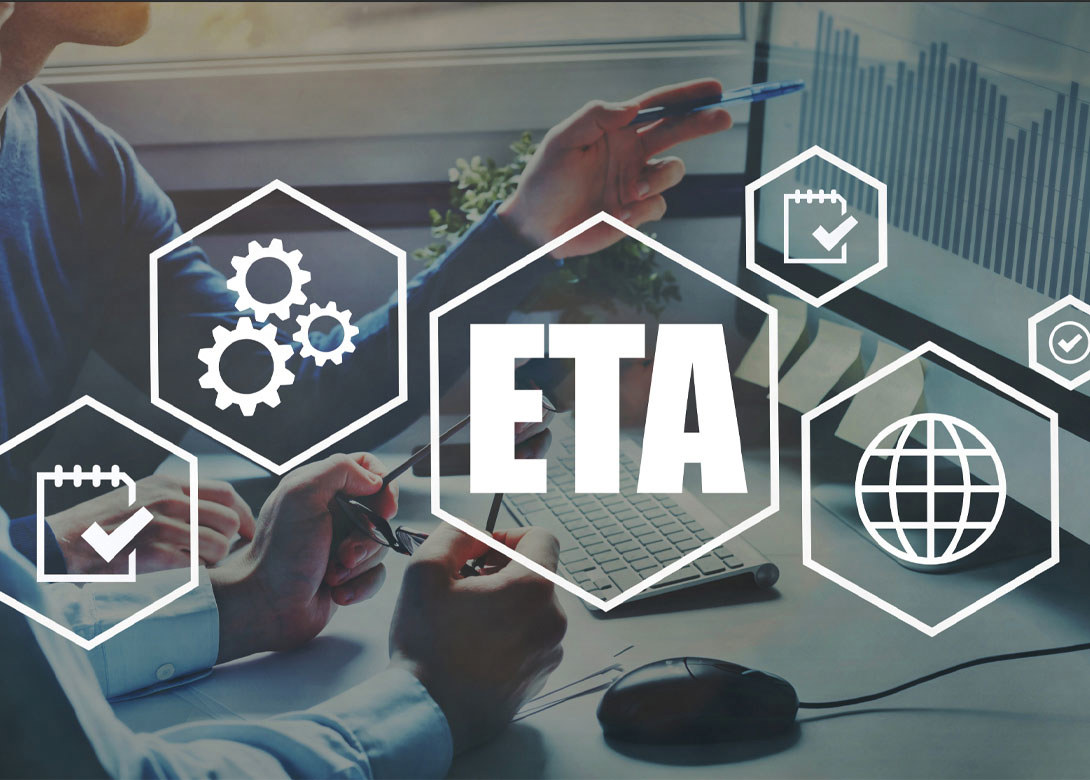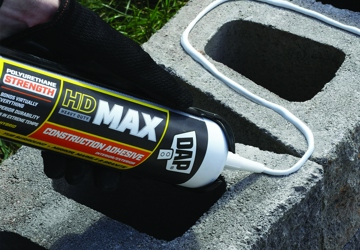

Generally, for any given construction product, there is a clear process to achieve a European Technical Assessment (ETA). That said, very different ETAs can be found for a common product, such as wood screws, and the question could be asked: ‘What distinguishes one wood screw ETA from another?’ Here specialist Austrian testing laboratory, AVVIO GmbH, with decades of experience in the field of testing wood screws, highlights some frequent questions in this regard and offers some qualified answers.
Why get an ETA to start with and not a CE Marking based on the harmonised standard EN 14592 instead?
“Generally, construction products that are fully covered by a harmonised standard, such as EN 14592, can and must have CE Marking based on that standard. Only if a product is not fully covered by it will an ETA be allowed. So, to choose the ETA option as a basis for CE Marking wood screws, an applicant needs to lay out why the product is not (fully) covered by EN 14592, but goes beyond, either in performance and/or use. So wood screw ETAs should describe these special, essential characteristics or applications.”
Will every wood screw ETA relate to a unique construction product and will EOTA offices only issue a new ETA if this is the case?
“Not really. As many ETAs are publicly available, AVVIO was able to screen and compare many different wood screw ETAs on the market and what we found was interesting. First, many ETAs are very similar to each other. It appears that, depending on the EOTA offices, notified laboratories, and experts involved, there is a way of writing them, particular to each, that can be seen in the various ETAs. Indeed, there can be quite significant differences between ETAs issued by the various EOTA offices in this space.
While all ETAs contain essential common declarations of tested or calculated characteristics of the products, it’s obvious that some EOTA offices clearly put a stronger focus on special usages of the screws and, therefore, go beyond the content of EN 14592. Other offices issue very sparse ETAs containing the bare minimum of regulatory requirements. These look much more akin to the cited standard EN 14592. This different depth of ETA content often correlates with a significant difference in the cost structure of those ETAs.”
Are Reproduction ETAs – the easiest way to obtain an ETA?
“Something seen more and more that also contradicts the ‘uniqueness theory’ of ETA products is the so-called ‘Reproduction ETA’. This is where a prospective ETA holder, instead of going the usual, costly and time-consuming route of creating an entirely new ETA, enters into an agreement with the holder of an existing ETA to create a copy of that ETA. This is, by far, the easiest and fastest way to achieve an ETA and normally also gives a significant price advantage. Obviously, there must be a clear agreement between the existing ETA holder and the new ‘Reproduction ETA’ holder, regarding which pre-requisites a copy of the existing ETA is allowed. In order to take care of the particular interests of both parties.”
How specialist a task is obtaining an ETA?
“All in all, the creation of an ETA is a clearly defined and regulated process. Nevertheless, it involves a lot of effort and requires quite some knowledge, not only various players in the process, such as the different EOTA offices, but also of the notified laboratories. Besides that, knowing different options to achieve an ETA and what it takes to correctly manage the respective ETA project is key.
It is, therefore, recommended not to take unnecessary risks and, rather, co-operate with experts who have a lot of experience. At AVVIO, an expert service is offered in this respect, which draws on more than 35 years of involvement in the production and approval of fasteners for structural timber engineering. We offer a complete service and our internal product testing helps ensure necessary performance parameters of a product are met prior to use."

Will joined Fastener + Fixing Magazine in 2007 and over the last 12 years has experienced every facet of the fastener sector – interviewing key figures within the industry and visiting leading companies and exhibitions around the globe. Will manages the content strategy across all platforms and is the guardian for the high editorial standards that the brand is renowned.





